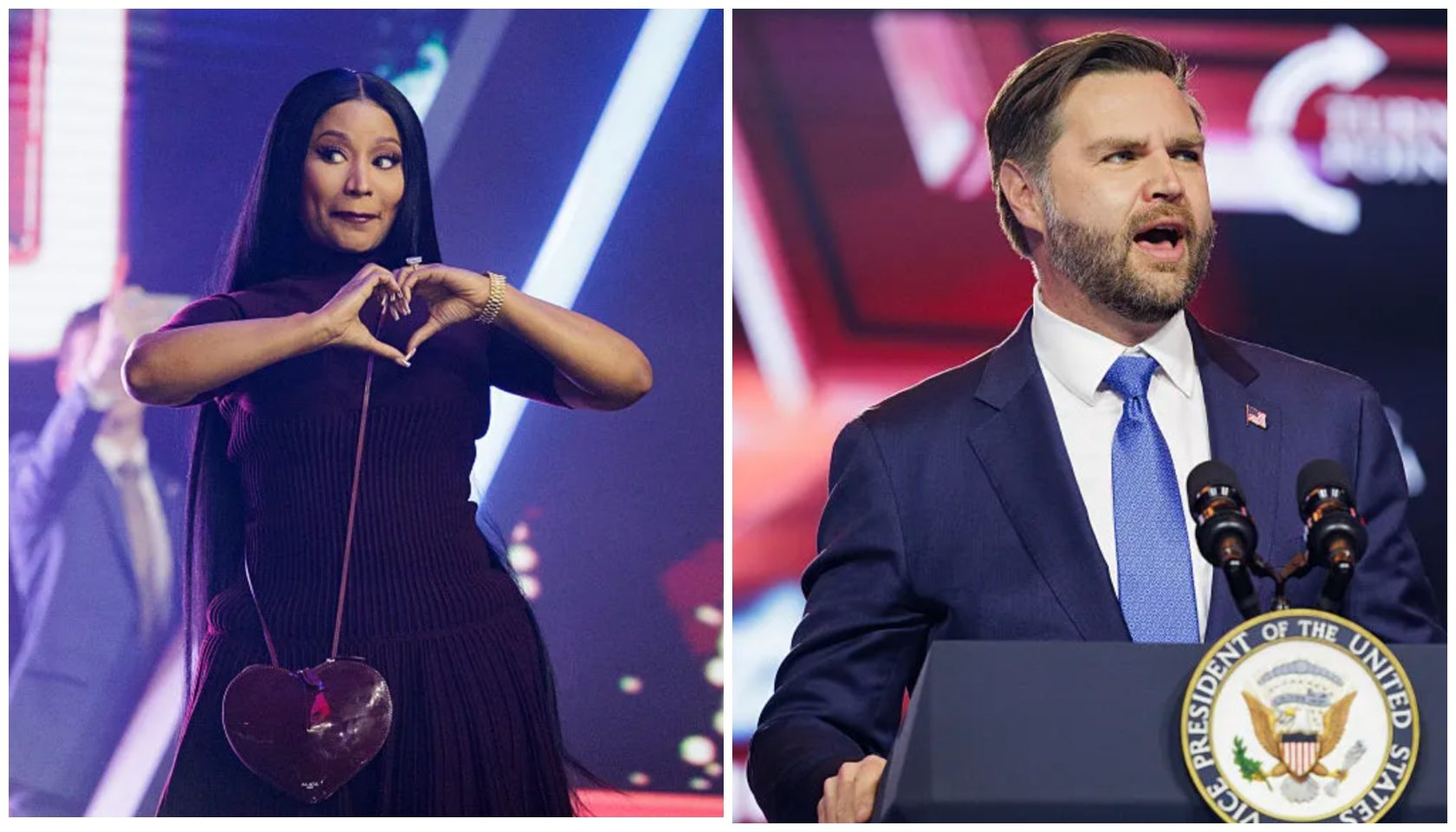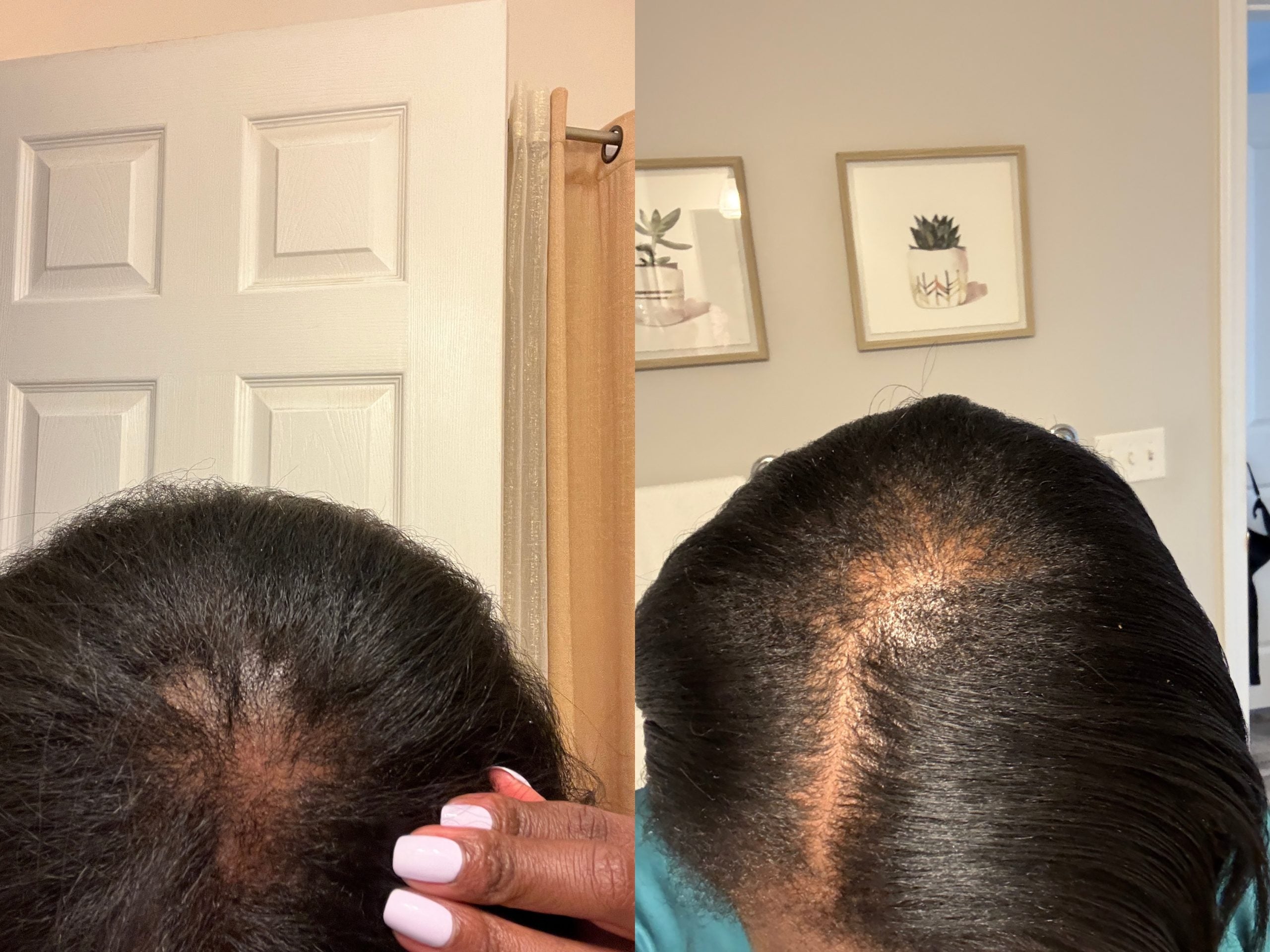It wasn’t until the 2022 Grammys, when Jon Batiste took home five awards, including Album of the Year, that I’d even heard his name. I was late. But it was clear he was someone I needed to pay attention to.
You could say he’s genreless, though you hear the name “Jon Batiste” and jazz instantly comes to mind. It’s at the heart of his artistry as a singing, playing, directing, bandleading, and composing musician. So off the bat, I was pleased to see him gain such recognition for his work in a genre that hardly anyone listens to anymore, or that is so often sequestered to art and obviously music folk. And he’s got soul, seemingly as evident in his person as in his music; the other thing: his Southern accent. I then learned he’s a New Orleanian, born and raised in a city known for jazz in all its electrifying mixes.
New Orleans has a dress culture just as bold: loud colors, patterns, and accessories are everywhere. There’s more of that in Batiste’s style when he led the band on “The Late Show With Stephen Colbert” than today. But he still likes to dazzle a little. In a 2017 interview with the Council of Fashion Designers of America, he said of his style: “I try to represent where I come from and where I’m going. Elegant with an edge. Traditional with a twist.” In those days he wore elaborately printed and fabricated suits that no doubt shouted “bandleader,” some of which could’ve been Tom Ford, one of his then “American Fashion Favorites.” And, indeed, it’s the elegance in his style that I think stands out amongst today’s musicians.
But what other traditions might he be pulling from, fashioning himself in? Decorative arts historian and Parsons professor Patrick Michael Hughes dates it to the early 20th century. “At the Cotton Club, those men had distinctive style that had showmanship, but also had an elegance that was making a statement,” Hughes tells me. “I think in a lot of ways, not only because they performed predominantly to white audiences in their venues. But it was a sort of statement about arrival.” It wasn’t that, say, Duke Ellington or other jazz artists were just performing race music, but it was a part of broader American culture. “And that is when you find Black band leaders have clothing that says respect, and at the same time has a certain flash to it, a certain style, a panache,” Hughes added.
Batiste hit the 96th Annual Academy Awards red carpet in a bordeaux suit, and that night performed in a sandy suit with a stand-up collar. Both were bespoke Zegna, and perhaps figuratively bespoke the upbeat refinement of jazz style, a sense of occasion now lost in celebrity dressing. Some critics and commentators, and fashion appreciators, liked that about this year’s Met Gala: the stars wore, let’s say, the right clothes, the clothes you’d imagine someone wearing to an unstreamed, uncorporatized, unspectacular event. On the other hand, several men arrived in suits that just didn’t cut it for formal wear.
Batiste still likes Tom Ford, which he wore to this year’s Met Gala after being featured in the accompanying press rollout for Vogue and GQ. He said in a video that for him, “a dandy is somebody that celebrates the fact of living in a one-of-a-kind body, so that you can understand fully, not only the outward presentation of that individual, but the inner world, and the depth that lies within.” It works. Like the suit he wore to the prestigious affair, a black-and-white polka dot number by Haider Ackerman for Ford. Hughes says the artist’s best looks are those he’s worn off red carpets.
But to briefly revisit the Grammys, what landed for me in his response here was less his answer than the soul in it. He is, after all, an artistic director at The National Jazz Museum in Harlem. Saying that even makes it sound like he has a sort of day job. But according to stylist Raina Silberstein, he may have something more in common with us than we think. In the summer of 2023, Batiste’s team asked Raina to style him for what she recalls being described as an incredible new album. The project was “World Radio Music,” an album in which the artist fused other musical genres and featured artists such as Lil’ Wayne, NewJeans, and Kenny G, and in doing so introduced himself as a cross-genre musician.
Silberstein says he was an honest client. When they worked together, “he was open to really remixing things, looking past the [luxury] labels” and wondering if he actually liked the clothes. “It was just creating color palettes and textures and interesting silhouettes.” Silberstein was surprised to see him wearing a cardigan she’d secured for Batiste after their creative partnership.
To what extent a celebrity’s style should look natural for it to be good is amorphous and potentially unproductive, given where things are today. But the handful that can look at home in bespoke clothing and an old cardigan, or, better still, both at the same time, are of an exceptional caliber. If I had to pick, it’d be Batiste’s 2024 Grammys look I like the most. He turned up in a shimmery silver jacket-pant-skirt ensemble, wearing the best boots I’ve ever seen, stack-heeled and sharp.







